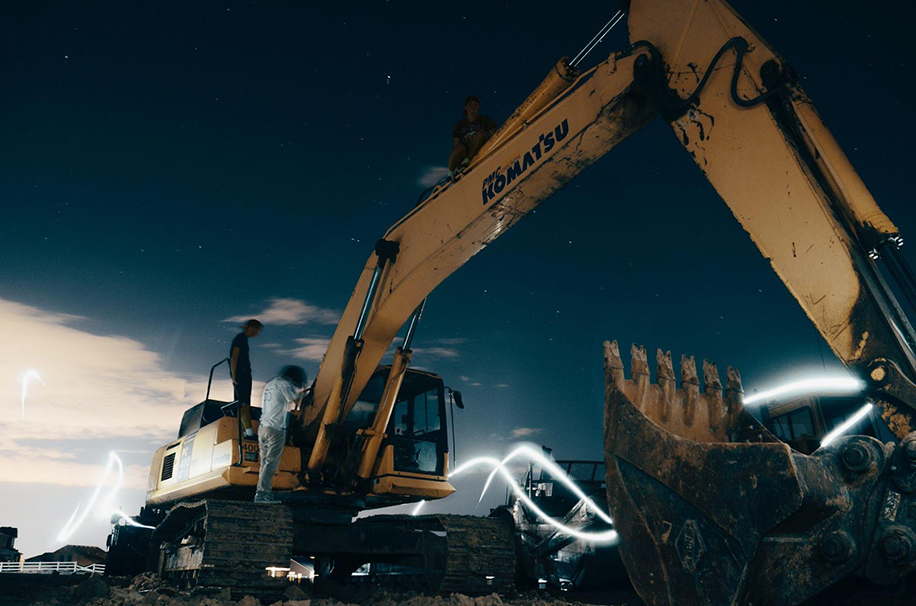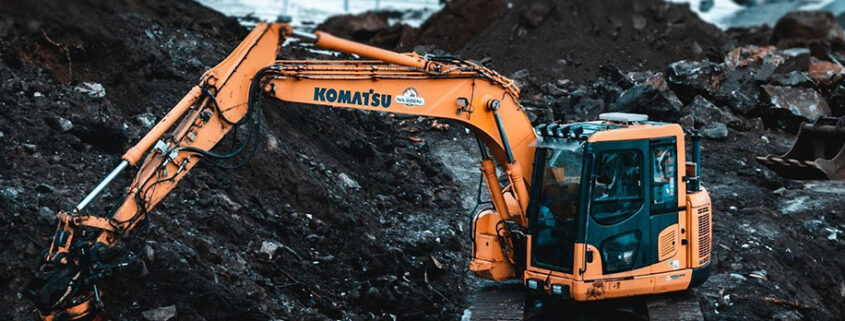Heavy Machine Insurance Is A Must Have For Builders And Contractors
Construction vehicles are a costly investment for any firm to make, as well as the possibility for loss is quite great if they are not properly controlled and maintained. With so many GPS asset tracking (https://oceanservice.noaa.gov/facts/gps.html) and CMMS alternatives available today, it may seem tough to select one that can oversee and track all of your equipment use and productivity, and it only requires some solid research to pick the right decision. Read the five guidelines below before committing to a CMMS solution to best track and control your equipment to get the most hours or miles out of your investment.
Control Your Fleet From a Single Dashboard
Many fleet managers or project supervisors used to have to resort to various spreadsheets, records, and an out-of-date master list to identify their machines, plus an extra set of worksheets and notes to discover the most recent hours or milage. However, with the current market alternatives for GPS fleet management and CMMS software, they are no longer the techniques utilized to monitor fleet information.
Today, you can handle all your fleet information from a single dashboard, and battery hours or equipment miles may be pulled from health reports as required. There is no longer a need for notes and spreadsheets, and current diagnostic reports and the location of the equipment may be prepared in less than a minute. Yard inspections are no longer required, freeing up manpower for more urgent tasks. It combines a fleet and maintenance tool, and a single interface eliminates the previous “searching via numerous places” concerns.

Conduct CMMS Research
Not all CMMS alternatives are the same, nor do they provide the same features or possibilities. It is critical that you do your homework and choose the best CMMS for your maintenance department. It is assumed that your data will be transmitted correctly, and that the software maker will offer CMMS training; nevertheless, there are several possibilities that may make your search for a CMMS time-consuming.
The most essential thing to understand about a CMMS is that there is no “one size fits all” solution. If you do not properly investigate the system’s capabilities, you may be left with an insufficient software package that cannot meet the demands of your fleet and facilities.
Utilize Asset Tags
Mislabeled work orders and misidentified equipment may be solved using asset tags. For a definition and example of uses for asset tags, click here. They also allow a mechanic to scan the asset tag and then scan any required repair or rebuild components to the asset tag, saving a significant amount of writing or data entering. When asset tags are installed at your site, the element of human error is eliminated from maintenance work orders.
In principle, every asset in your facility should have an asset tag that enables easy scanning of the item into a portable scanner, and this nomenclature series should be unique to your facility. The crucial element, though, is to verify that all of your construction equipment is correctly branded before it leaves your location.
Health Reports Can Be Beneficial
Instead of dispatching a yardman to check on battery life and fluid levels, you may obtain health data on your construction machines promptly. This pays out not simply in terms of labor hours saved, but also in the fact that machines aren’t running when they’re in danger of failing to owe to essential maintenance items being missed.
Instead of completing yard inspections, running a daily health report is a simple, straightforward, and fast approach to guarantee that all of your construction equipment is in top condition to leave the yard and travel out to the customer’s site. Furthermore, by running health reports daily before signing out equipment to an operator, you may easily determine where any damage to machinery happened since you have a documented record of the machine’s state prior to it departing for the worksite that can provide documentation in case an insurance policy claim must be made.
The Importance of OEE
Overall equipment effectiveness, or OEE, is the amount of time your machines spend being helpful and logged into work. The relevance of OEE is to guarantee that your machinery is being used to optimize profits and that it is not losing you money by sitting idle instead of being booked and operating on the project site, or by being held up for regular maintenance when it could be on a customer’s site making money.



Leave a Reply
Want to join the discussion?Feel free to contribute!